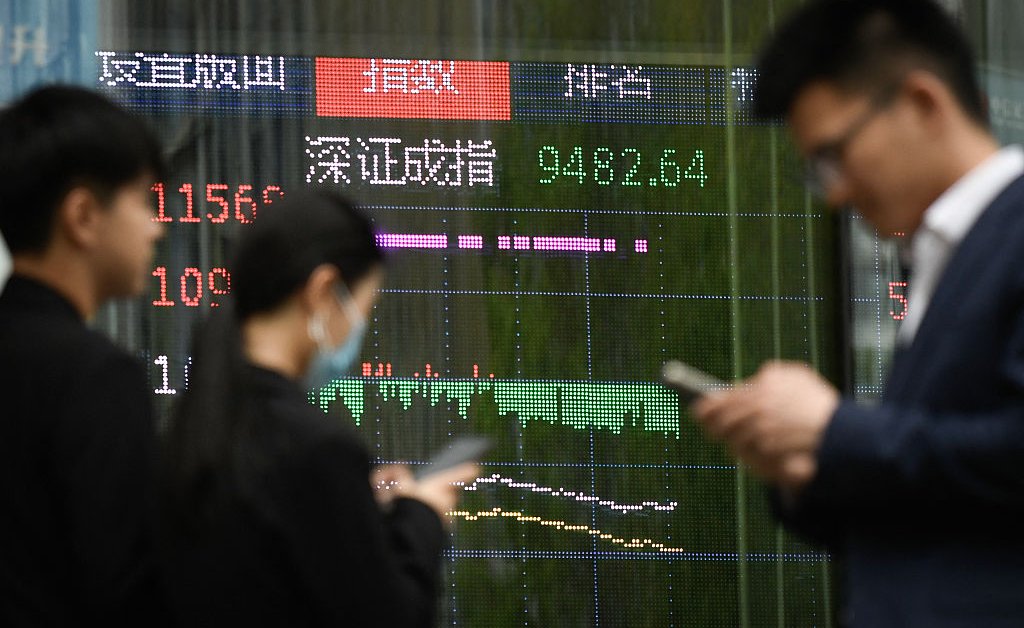Why China Is Losing the Trade War: A Deeper Dive into Economic Warfare
The US-China trade war, a protracted conflict marked by escalating tariffs and trade restrictions, has significantly impacted the global economy. While initially, many predicted a swift Chinese capitulation, the reality is far more nuanced. This article delves into the reasons why, despite its economic might, China is arguably losing this complex economic battle. It's not a simple win or loss, but rather a shifting landscape of economic power and influence.
The Shifting Sands of Economic Dominance
The narrative of a clear victor is misleading. The trade war isn't a zero-sum game; both countries have experienced economic repercussions. However, a closer examination reveals vulnerabilities in China's economic strategy that are exacerbating the negative effects of the trade war.
1. Reliance on Exports and Global Supply Chains: A Double-Edged Sword
China's phenomenal economic growth has been heavily reliant on exports. The trade war directly targeted this reliance, hitting sectors like manufacturing and technology particularly hard. Tariffs imposed by the US disrupted established supply chains, forcing businesses to seek alternative sources, often outside of China. This has led to:
- Reduced Export Revenue: Directly impacting economic growth and government revenue.
- Loss of Market Share: To competitors like Vietnam and Mexico who have capitalized on the shifting global landscape.
- Increased Production Costs: Companies faced higher tariffs and transportation expenses, squeezing profit margins.
2. The Technological Gap: A Critical Weakness
The trade war highlighted China's vulnerability in key technological sectors. The US targeted Chinese tech giants like Huawei, restricting their access to crucial components and technologies. This exposed a significant gap in China's technological self-reliance, hindering its ambitions for technological leadership. The implications extend beyond individual companies:
- Stunted Innovation: Restrictions on access to advanced technology hamper innovation and future growth.
- National Security Concerns: The reliance on foreign technology raises concerns about potential vulnerabilities.
- Difficulty in Achieving Technological Independence: The long-term goal of technological self-sufficiency faces significant hurdles.
3. Domestic Consumption vs. Export-Led Growth: A Necessary Shift?
China's economic model has historically prioritized export-led growth. The trade war forced a reassessment of this strategy. While fostering domestic consumption is a long-term solution, the transition is proving challenging:
- Shifting Consumer Behavior: Requires a significant change in consumer spending habits.
- Infrastructure Development: Requires investment in infrastructure and logistics to support a domestic-focused economy.
- Economic Restructuring: Demands significant adjustments in industrial policies and government support.
Beyond Tariffs: The Broader Context
The trade war isn't solely about tariffs. It's also about broader geopolitical strategies, including:
- Intellectual Property Theft: Accusations of intellectual property theft have strained relations and fueled the conflict.
- Technological Dominance: The US seeks to maintain its technological edge and prevent China from becoming a dominant player.
- Geopolitical Influence: The trade war is part of a larger struggle for global influence and economic dominance.
Conclusion: A Long-Term Game of Strategy
While the trade war has inflicted significant damage on China's economy, declaring a clear victor is premature. The long-term effects are still unfolding. China's response, characterized by increased domestic investment and a renewed focus on technological self-reliance, indicates a willingness to adapt. However, overcoming the challenges highlighted above—reliance on exports, the technological gap, and the shift to domestic consumption—will require significant and sustained efforts. The trade war, therefore, is not merely an economic conflict but a strategic battle shaping the future global economic order.
